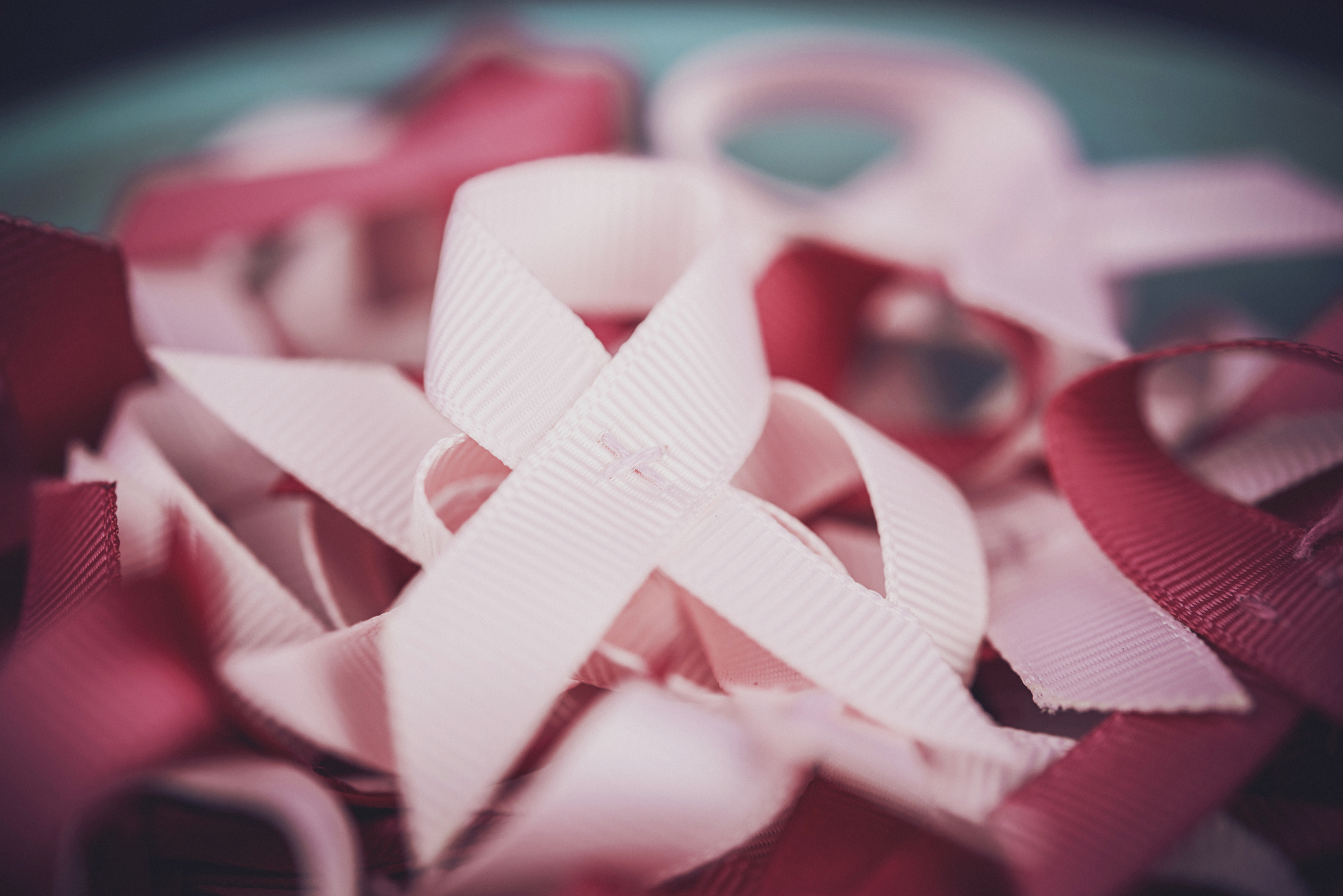
October marks National Breast Cancer Awareness Month, but it’s essential to monitor breast health all year round because the most important factor in breast health is prevention and early detection. As a practice that regularly sees patients for cosmetic breast surgeries, we often deal with the aftermath of breast cancer treatment and feel that the importance of preventative breast health cannot be overstated or overshared.
Breast health screenings are truly the only way to identify potential breast cancers or other issues. Keep reading to understand the different types of screenings that can help you take charge of your breast health!
Mammograms
A mammogram is an x-ray of your breasts, done on a special machine for that purpose only. Every woman over 40 should get a mammogram once per year (or more depending on you and your family’s health history and doctor’s recommendations) and should get a clinical breast examination by your doctor during annual physicals and gynecologist visits, as well.
If you or your doctor have detected an irregularity in your breasts, or you are at higher risk of developing breast cancer, your doctor may choose to include an MRI with your mammogram. These two examinations combined give a more comprehensive image of the tissue and makeup of your breasts and therefore better helps doctors spot abnormalities in high-risk patients.
Self-Examination
In between mammograms and other doctor checkups, it’s important to conduct regular self-examinations and check your breasts for lumps and other irregularities. The more often you do this, the more familiar you will become with the “normal” landscape of your breasts and the better you’ll be prepared to recognize when things aren’t quite right.
Some developments to keep an eye out for include sensitivity; swelling or any change in the size of either breast; lumps in the breast tissue; discolorations, dimpling, or indents in the skin; nipple discharge; rashes or other topical irritation. If you’re unfamiliar with self-examinations, or just feel it’s time for a professional refresher, you can talk to your doctor for guidance or a tutorial.
It’s important to note and monitor any lump or change––at all––in your breast landscape and seek a breast cancer screening by a medical professional as soon as possible. Even if you just had a mammogram a few weeks ago, or have one coming up at the end of the month, any changes need to be looked at by a doctor.
While breast cancer is exponentially more common in women, it’s important to remember that men can get breast cancer as well! If you experience unusual pain or swelling in the breast area or notice discoloration or extreme flakiness of the skin you should also contact your doctor immediately and discuss a breast cancer screening.
Talk to your doctor if you have any questions about breast health screenings, or would like to learn more about your risk of developing breast cancer.

